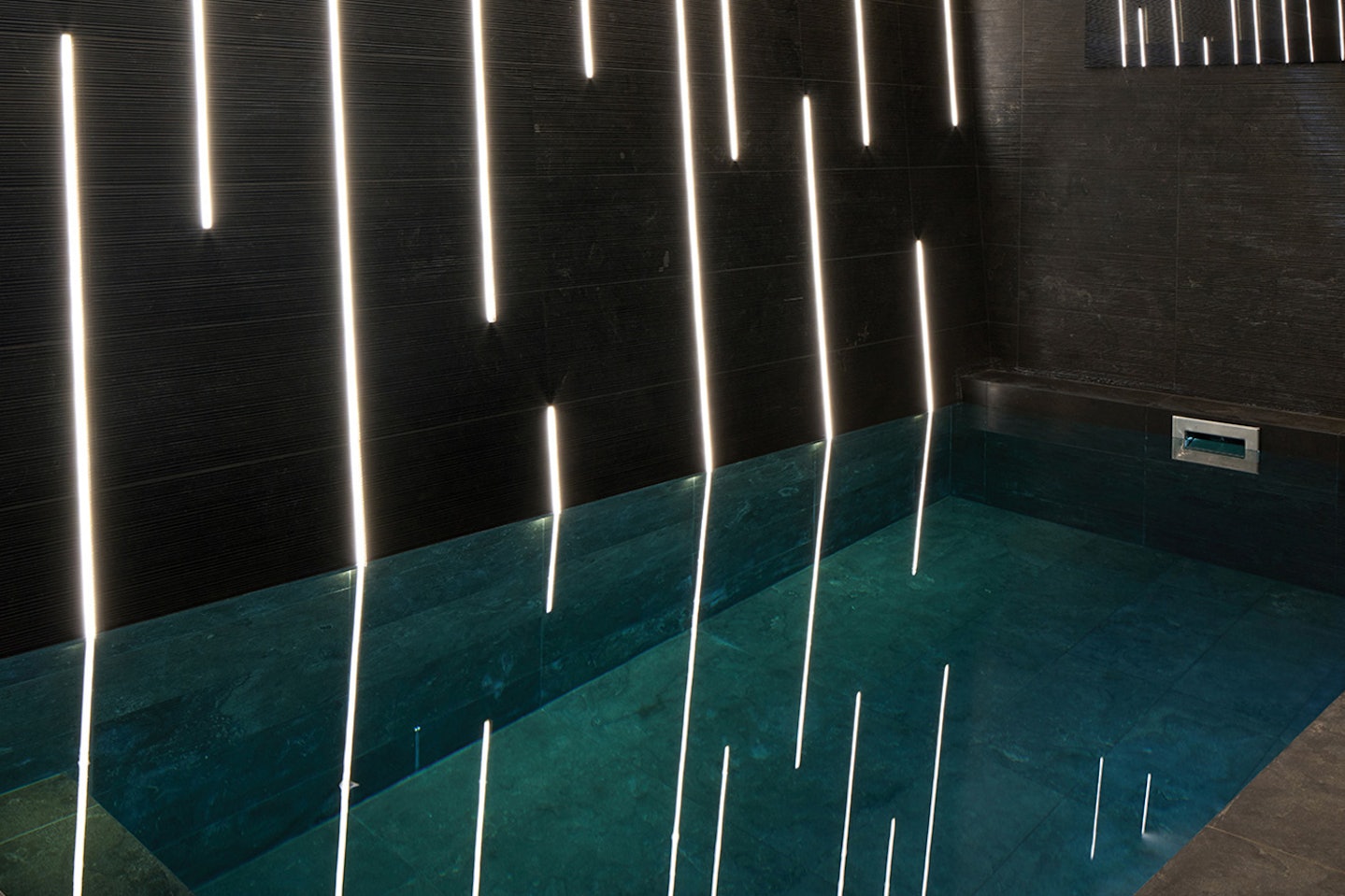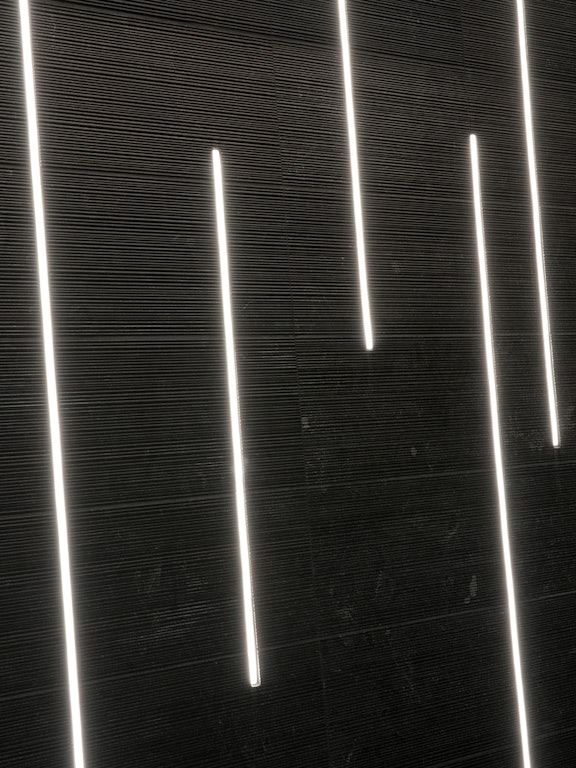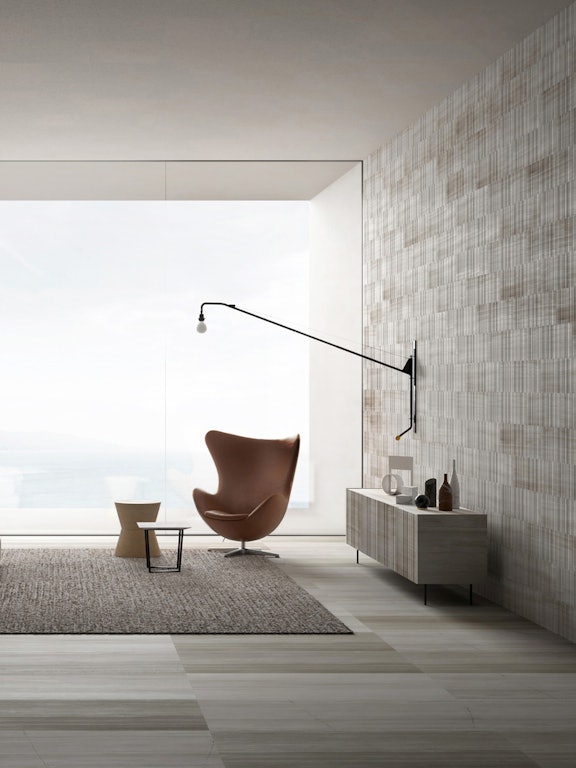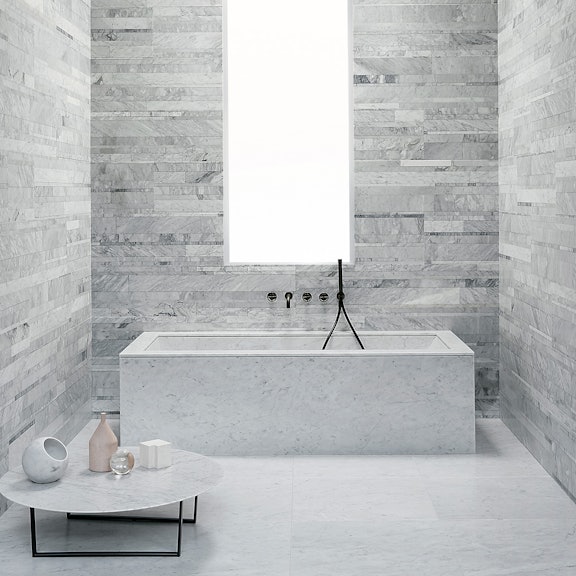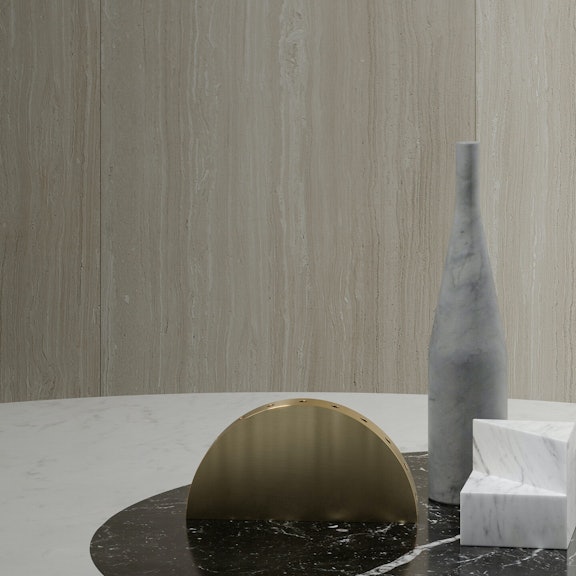The SPA, health and wellness from water
03.2022
The SPA, health and wellness from water
Since prehistoric times, people have been drawn to the places where water bubbles up from the earth. Natural springs – associated with health-giving properties; the centre of rituals of physical and spiritual purification – have long been destinations, places of pilgrimage and refuge that are focused, regardless of culture and religion, around water, elemental and life giving.
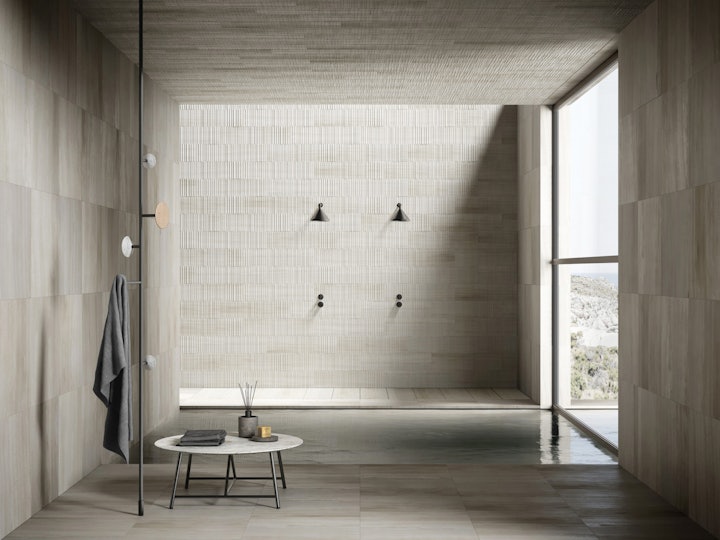
These rituals were first formalised in the baths of ancient Greece and Rome, the springs developing into sophisticated social and spiritual spaces, housed in grand buildings with separate rooms for various stages of the complicated bathing regimen. Public bathing continued through the Middle Ages and in the modern period became a popular pastime for the aristocracy, leading to the establishment of resort towns like Bath in England or Friedrichsbad in Germany, both built on the site of ancient Roman thermae, and Spa in Belgium, where the word comes from.
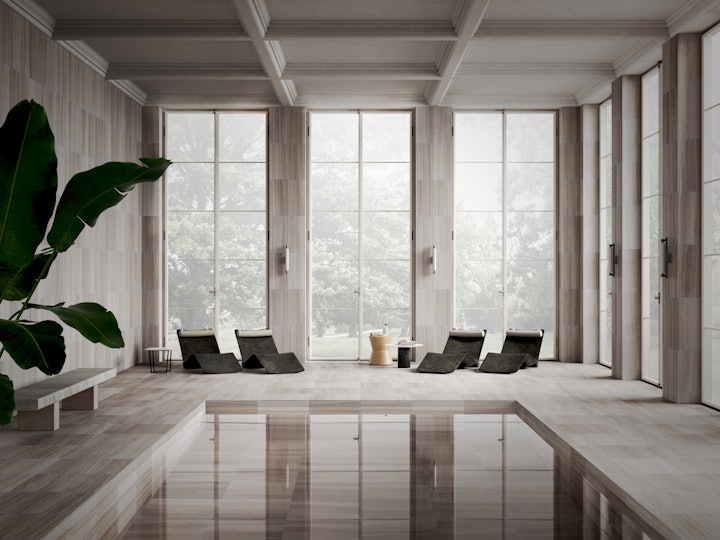
‘Taking the Waters’, as the practice of going to a spa town became known in the Victorian era, remains popular and has attracted the work of some the greatest architects working today. At Bath, a new building by Sir Nicholas Grimshaw sensitively introduced a contemporary, glass and local stone structure to the rarefied Georgian surroundings, giving access, for the first time in 28 years, to the springs on which the town was established. For Peter Zumthor, the spiritual and restorative tradition of resorts at natural springs inspired the spa he built in the shadow of the Swiss alps, where locally quarried slabs of quartzite create an intimate cave-like effect. The recipient of the 2009 Pritzker prize, the spa is an escape from the demands of daily life (the architect’s original design did not even include clocks). Immersed in rock and the water of the thermal springs, with a play of light and half-light throughout the simple, minimal spaces, the spa offers a return to the elements, and a place of deep contemplation.
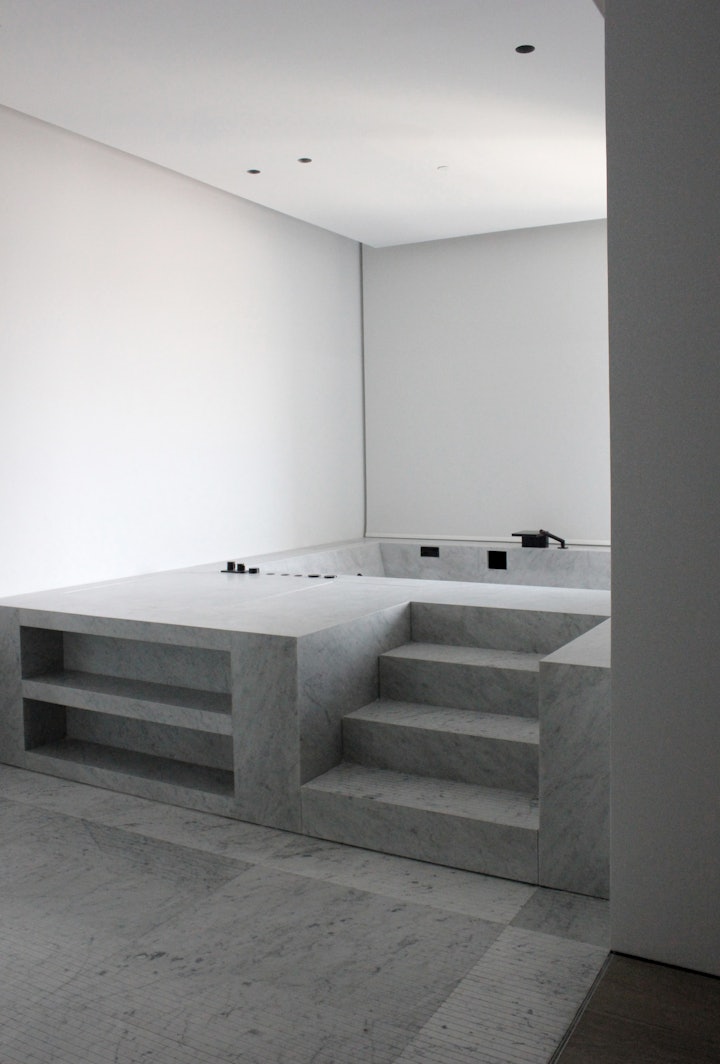
Borrowing from the tradition of these resort towns, the spa has come to be interpreted as a space for relaxation and to receive treatments from experts in massage and skin care. For the penthouse of Norman Foster’s award-winning Index Tower in Dubai, Salvatori worked with local designers ANARCHITECT to echo the spa’s environment of wellness and restoration. Using an immersive near-black limestone, Pietra d’Avola, in the bathroom – which isolates from the strains and stresses of the city outside – and a simple, restrained jacuzzi in Bianco Carrara marble, the designers concentrate the experience on the restorative ritual of bathing. As with William Smalley’s use of Verde Alpi in the London townhouse
he remodelled, natural stone adds a sense of moment to a daily act, making bathing more than a functional and necessary process, but an essential way to maintain your emotional wellbeing.
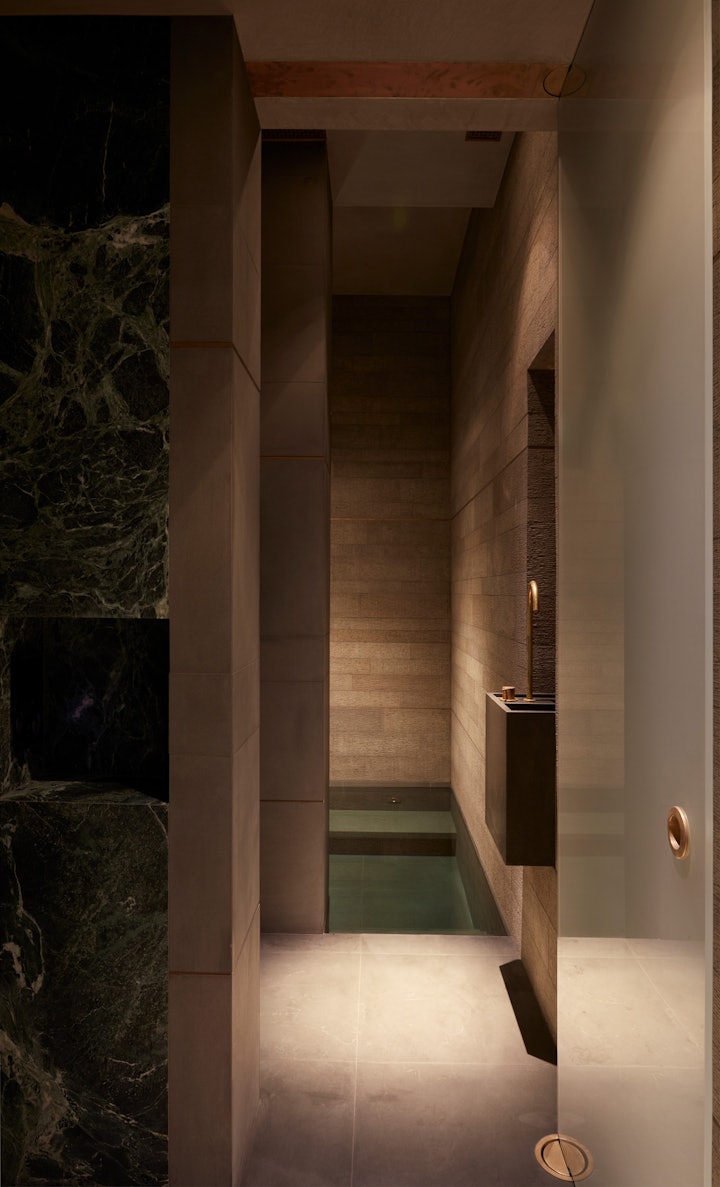
Flowing through the history of the spa – from ancient civilisations to today, whether for religious, social or health reasons – is an instinctive spirituality; a desire for a communion with water. In returning to something essential and timeless in the design of these spaces, where form and function is stripped back to water and stone, they become a refuge from the modern world and technology that is perhaps needed more now than ever before.
